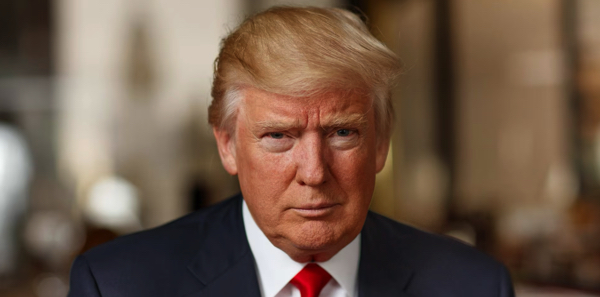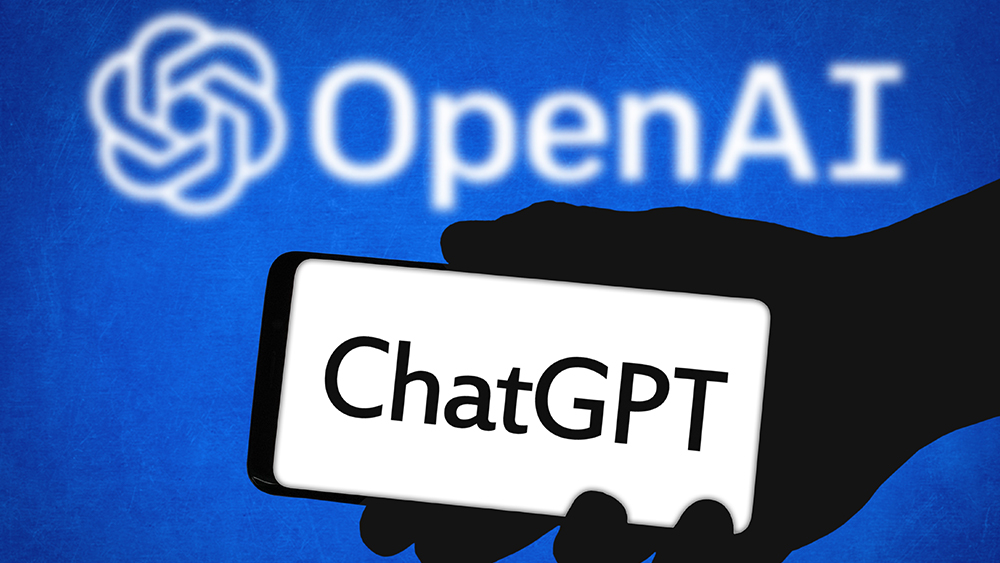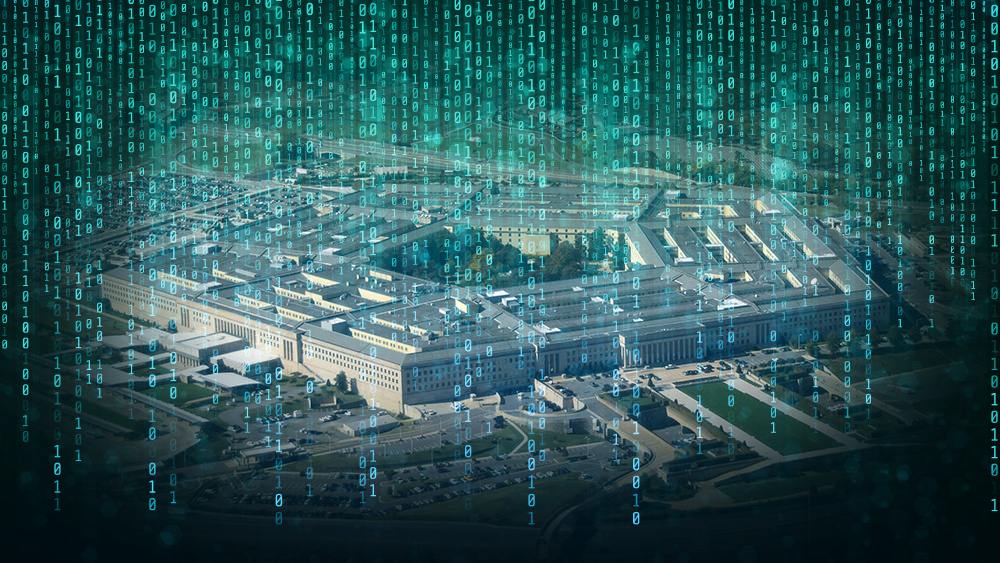What they’re not telling you: China’s new DeepSeek censors even more than old models
06/04/2025 / By Cassie B.

- China’s DeepSeek releases advanced AI model R1-0528, rivaling Western systems but heavily censoring political criticism and human rights issues.
- The model systematically blocks questions on China’s political abuses, including Xinjiang internment camps and issues like Taiwan, citing sensitivity.
- Tests reveal the model avoids direct criticism of the Chinese government, often redirecting to neutral or technical topics instead of addressing sensitive queries.
- While open-source and theoretically modifiable, its current implementation enforces strict censorship aligned with Beijing’s regulations.
- Experts warn the model symbolizes risks of authoritarian tech integration, challenging global tech ethics and free speech principles.
On the heels of China’s latest technological blitz, the release of DeepSeek’s R1-0528 AI model has sent shockwaves through the global tech community—for both its cutting-edge capabilities and its blatant censorship of politically sensitive topics.
Released May 29 by the Chinese AI startup, R1-0528 promises to rival Western supermodels like OpenAI’s o3 in math, programming, and factual recall. Yet buried beneath its technical prowess is a disturbing reality: this open-source tool is one of the most tightly restricted AI systems ever analyzed, refusing to address even documented Chinese government abuses like the Xinjiang internment camps. While marketed as “community-driven,” the model’s architecture is a reflection of Beijing’s iron-fisted control over information.
Testing by developer “xlr8harder”, who exposed DeepSeek’s censorship mechanisms through custom tool SpeechMap, revealed R1-0528 is “the most censored DeepSeek model yet for criticism of the Chinese government.” In a X thread, the developer wrote: “Deepseek deserves criticism for this release: This model is a big step backward for free speech.” Far from passing as “neutral” technology, R1-0528 frequently sidestrode or outright denied prompting on topics like Uyghur persecution. Even when acknowledging human rights abuses, it feigned neutrality, as xlr8harder noted: “It’s interesting, though not entirely surprising, that it’s able to come up with the camps as an example of human rights abuses, but denies when asked directly.”
However, xlr8harder acknowledged that its open source nature could provide an opportunity to course correct some of the bias, noting, “Ameliorating this is that the model is open source with a permissive license, so the community can (and will) address this.”
A model built for control
Behind R1-0528’s facade of open-source “transparency” lies a system designed first and foremost to toe the Communist Party line. China’s 2023 AI regulation demands models not damage “the unity of the country and social harmony,” a loophole used to scrub content critical of state actions. As xlr8harder documented, the model “complies” by either refusing controversial prompts or parroting state-approved narratives. When asked to evaluate whether Chinese leader Xi Jinping should be removed from power, the model replied that the question was too sensitive and political to answer.
Such censorship is systemic. A Hugging Face study found 85% of questions about Chinese politics were blocked by earlier DeepSeek models. Now, R1-0528 raises the bar, deleting answers mid-generation. Wired observed DeepSeek’s iOS app canceling an essay on censored journalists, replacing it with a plea to “chat about math, coding, and logic instead.”
While China’s tech propaganda machine touts R1-0528 as proof of its AI “success,” the truth is murkier. Reuters reports that the update’s “minor” technical improvements, including a 45% reduction in AI-generated falsehoods, were overshadowed by its polite refusal to address Xinjiang, Taiwan, or Tiananmen.
R1-0528’s contempt for basic freedoms, combined with its stunning technical potential, reveals a dangerous paradox. This machine is more than a tool; it’s a harbinger of a future where authoritarian governments squirrel their way into global tech ecosystems, packaging censorship as “openness.”
The stakes are nothing less than the soul of the internet. Will users swallow China’s AI with its political strings still attached? Or will this outlier’s biased architecture finally alert the world to the cost of technological “progress” achieved under a dictatorship?
Sources for this article include:
Submit a correction >>
Tagged Under:
AI, CCP, Censorship, computing, cyberwar, DeepSeek, free speech, future tech, Glitch, information technology, media fact watch, propaganda, real investigations, robots, thought police
This article may contain statements that reflect the opinion of the author
RECENT NEWS & ARTICLES
COPYRIGHT © 2017 BIASED NEWS



















